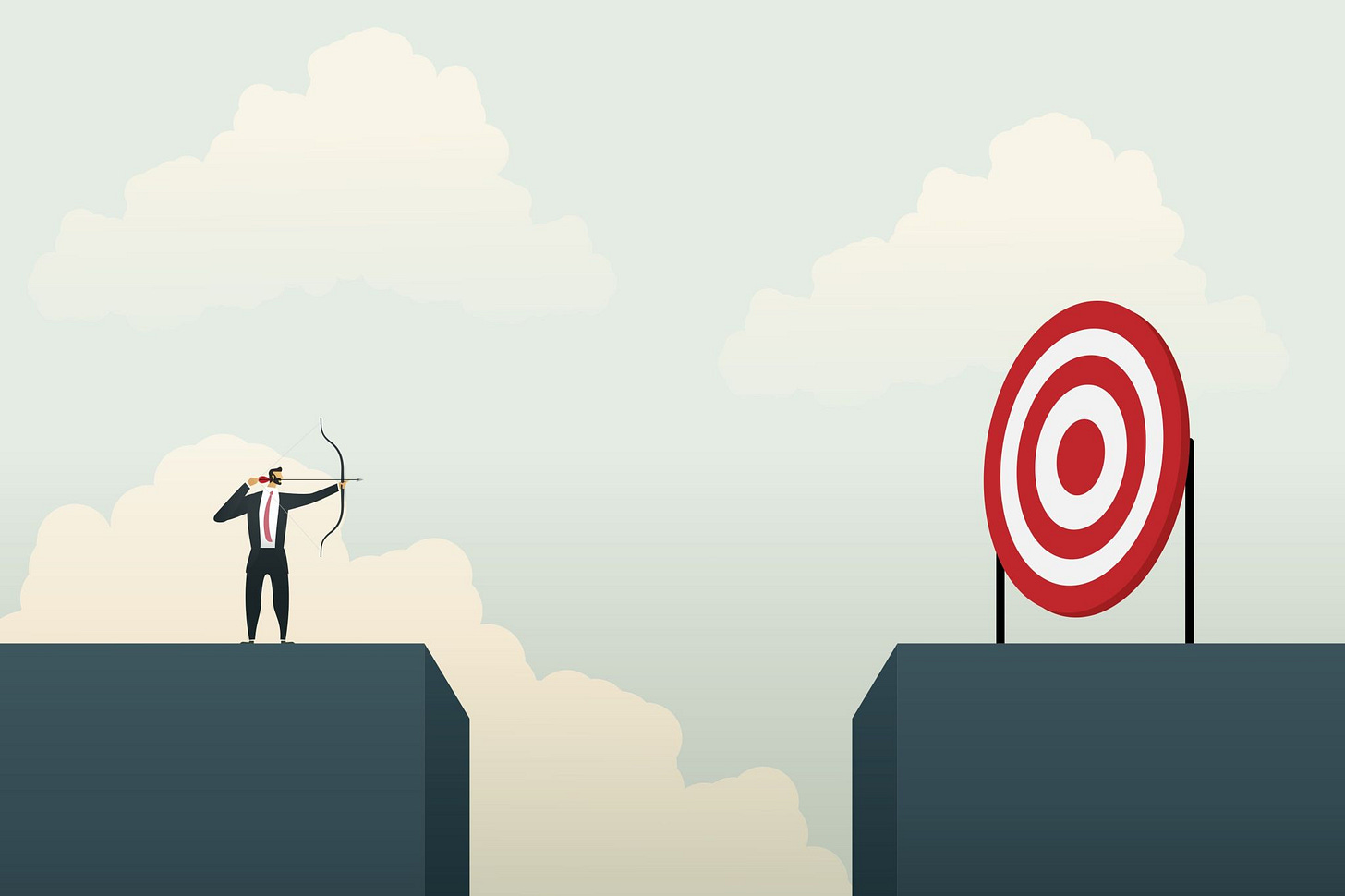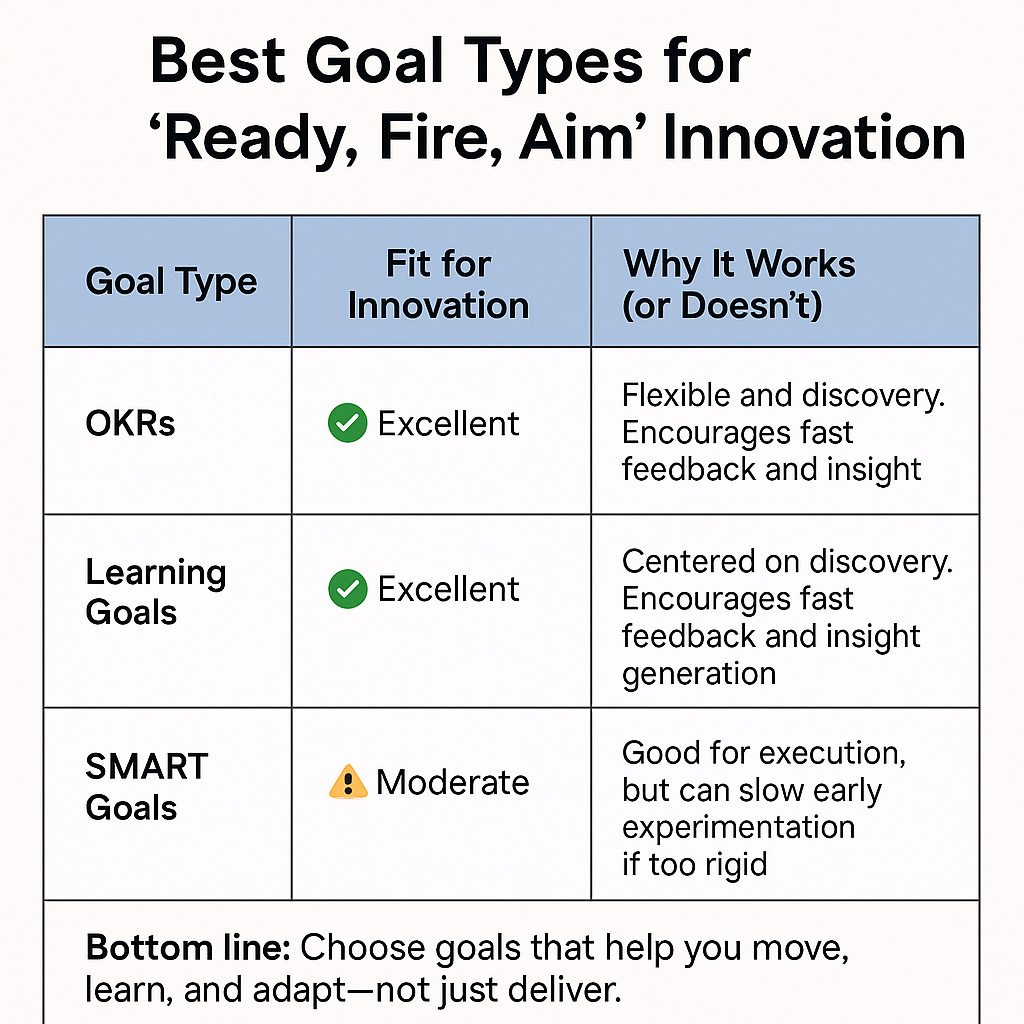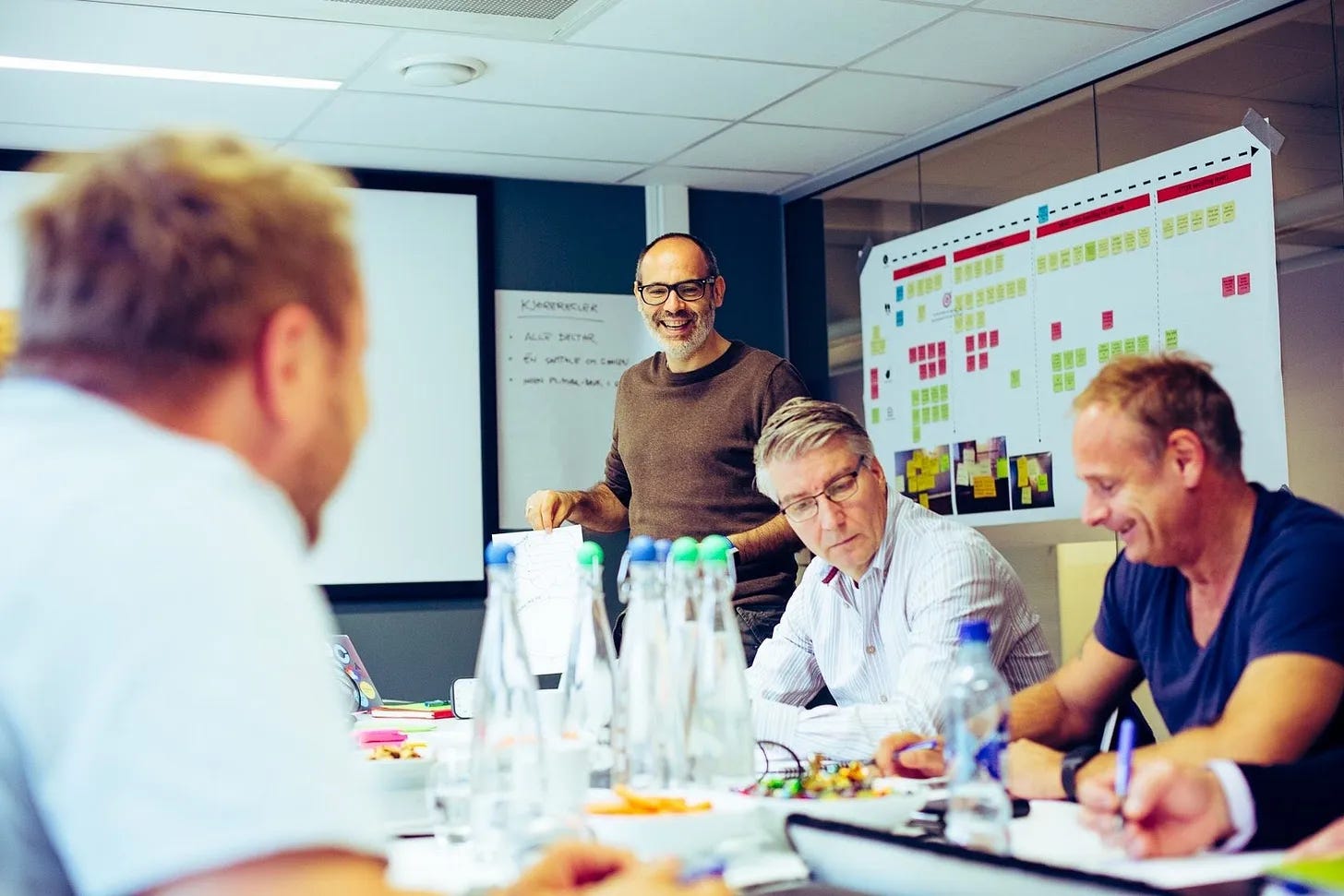"Ready, Fire, Aim" or "Ready, Aim, Fire"?
Mindset and Goal Setting when Working with Innovation
In innovation and business, product and service development, the sequence of these three words can make all the difference.
“Ready, Aim, Fire”, is the traditional approach. You prepare, plan, strategize, and once you're sure you’ve got it right, you launch. It’s methodical, calculated, and safe. But in fast-moving environments, it can also mean missed opportunities, overthinking, and paralysis by analysis.
“Ready, Aim, Fire” flips the script. You prepare just enough, launch quickly, and then iterate based on real feedback. It’s agile, messy, and sometimes chaotic, but it can unlock faster learning, quicker value creation, and more user-centric solutions.
Neither approach is wrong. It’s about context:
Highly regulated industry? You may need to aim carefully before firing.
Testing a new digital service? Fire early, aim later, and learn fast.
Innovation lives in the tension between the two.
When to use “Ready, Aim, Fire”
We usually hear this phrase in innovation circles, but when does it actually make sense?
“Ready, Aim, Fire” isn’t about being reckless. It’s about learning through action, especially when:
You’re testing a new product or service.
You’re launching something creative and need real-world feedback.
You’re exploring uncharted territory and can’t plan your way to clarity.
It’s perfect for:
Innovation pilots
Prototypes and MVPs
Startups finding product-market fit
Service experiments and co-creation
Creative initiatives where perfection is the enemy of progress
In these cases, moving quickly helps you learn what works and then refine it. It’s action-first, insight-second.
Of course, not every situation calls for this. But if your goal involves uncertainty, speed, or discovery, “Ready, Fire, Aim” might be your best friend.
How to measure progress
If you are “firing” before you fully aim, how do you know it’s working?
The “Ready, Fire, Aim” approach is fast, iterative, and rooted in action. But that raises the question: How do you measure success when the goal is to learn and adapt, not to get it perfect from the start?
Here’s what I look for:
Learning Velocity: Are we uncovering insights quickly? Are assumptions being validated or challenged?
Experiment Outcomes: What happens when we test? Are users engaging, responding, or giving us clues to move forward?
Adaptation Rate: Are we actually changing based on what we learn—or just collecting data?
User & Stakeholder Signals: Are people leaning in? Signing up? Giving feedback? Asking for more?
Momentum: Are we moving forward with more clarity and confidence than before?
When you’re testing something new, progress is learning, not perfection.
Sometimes a “failed” test is the biggest win, because it tells you exactly what not to do next.
Sometimes you need to fire, miss (FAIL), recalibrate, and then really hit the mark. A “failed” test is the biggest win, because it tells you exactly what not to do next.
What kind of goals work best
The “Ready, Fire, Aim” approach when you move fast and learn as you go is great for innovation, but it needs the right kind of goals.
Here’s what I’ve found:
✅ OKRs (Objectives & Key Results):
Perfect for testing bold ideas and iterating fast. You set the direction and learn your way there.
✅ Learning Goals / Experimental Goals:
Focus on discovery over delivery. Instead of “what will we achieve?” you ask “what do we need to learn?”
⚠️ SMART Goals:
Useful in the right moments—but often too rigid for early-stage experimentation. Better for later execution phases.
In short: Don’t aim for perfection. Aim to learn, adjust, and grow.
I hope this post, made sense and you found it useful.
If “HELL YEAH!”, please like it and share it in social media so more people can get can also benefit from it :-)
I would also appreciate if you subscribe, and give some comments here if you wonder something and want to give me some feedback. I would love to read your input here!
If you have a Substack yourself and like my content, I would love for you to recommend “Facili-station” to your subscribers.
Have a nice one!!
If you need a workshop designer and facilitator to help you or your team to solve challenges, find solutions, make decisions, and to be more effective an perform better and faster, or a trainer to teach your team on how do this, please contact me at jose@facilistation.com
My workshops are designed to provide the structure required to quickly align and move forward with a plan or idea so you can reclaim time, energy and headspace.




